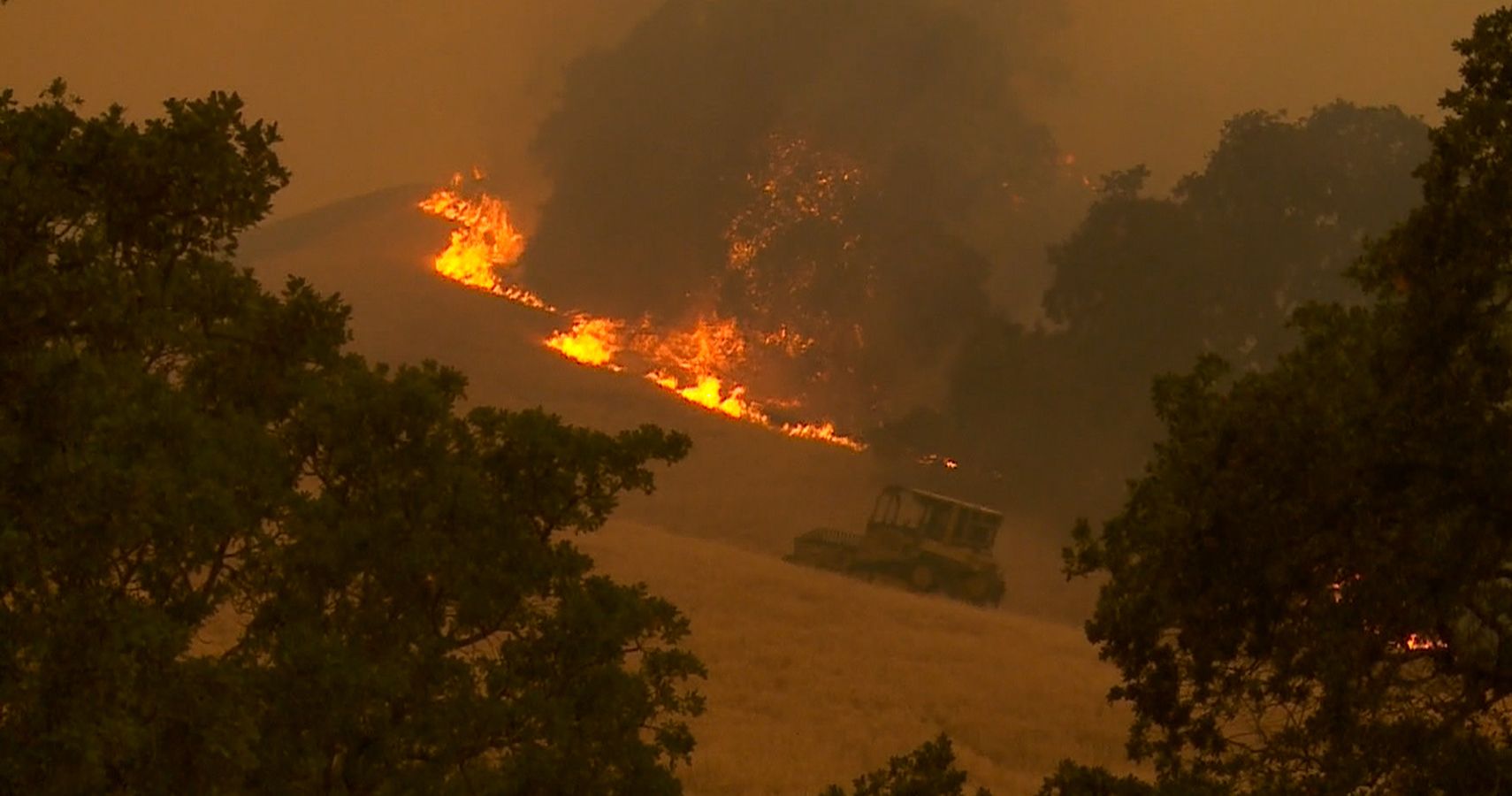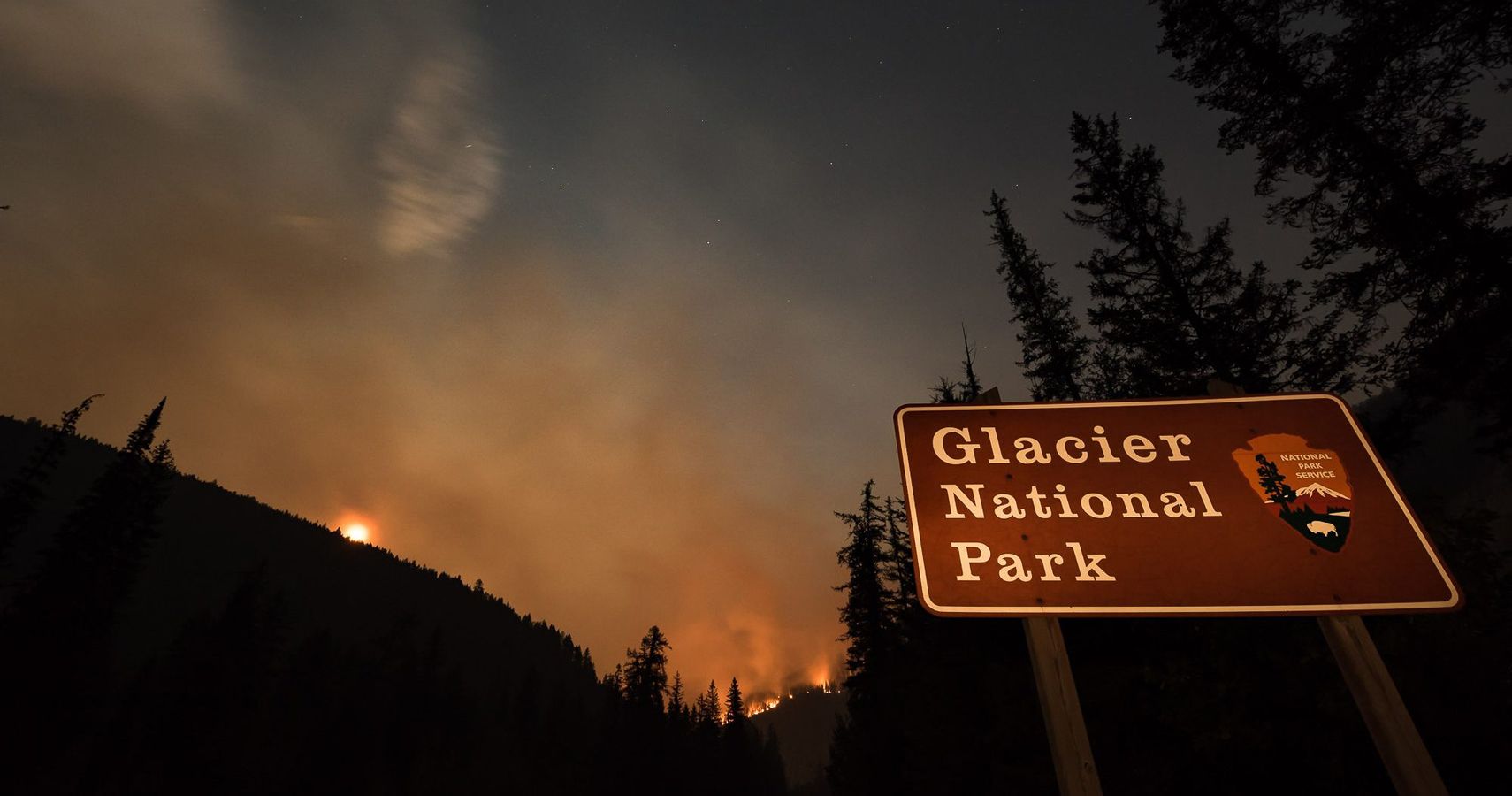A wildfire that further exploded out of control on Sunday due to a lightning strike has destroyed at least nine residences and historical attractions, erasing much of the history of Glacier National Park. The fire, which has since levelled some 2,600 acres of parkland is primarily in Howe Ridge, where a number of private dwellings have also been rendered inhabitable, although there have been no reports of deaths or serious injuries.
National Park Service added that residences as well as a cabin and camp house at a spot dubbed Kelly's Camp were also badly hit. However, the nearly 80 firefighters on hand did manage to save one complex, the Wheeler cabin, which has existed on the premises for more than a century. They also saved a Park Service ranger station, but not before the structure's roof was already on fire.
So far, conditions are so dry that firefighters will have a challenge in containing the blaze, although calm winds will slow its spread. Several hundred tourists and campers have since been evacuated from the area, with Park Service closing the west side of Glacier.
Given the conditions, park officials believe it will take until November before the fire is officially contained. More immediate weather forecasts call for warm weather and light wind, cooling down to around 50 degrees Fahrenheit during the evenings. Aside from the damage, officials are concerned about the smoke in the air, which might affect the health of more sensitive visitors, although the Environmental Protection Agency reported that despite the haze, air quality was moderate.
The Howe Ridge fire is one of 110 giant fires blazing out of control in the U.S. with many of them in California. In what's been a hot and dry summer, lightning and human accidents have largely been the culprit of these fires which are spreading so fast, the National Interagency Fire Center is struggling to keep up with assessing the number of acres lost.
What is known is that it may take at least two months for these fires to get under control. Meteorological trends in recent years have found air temperatures in the fall to reach 100 degrees Fahrenheit throughout the fall, making it even more difficult to contain these blazes.


